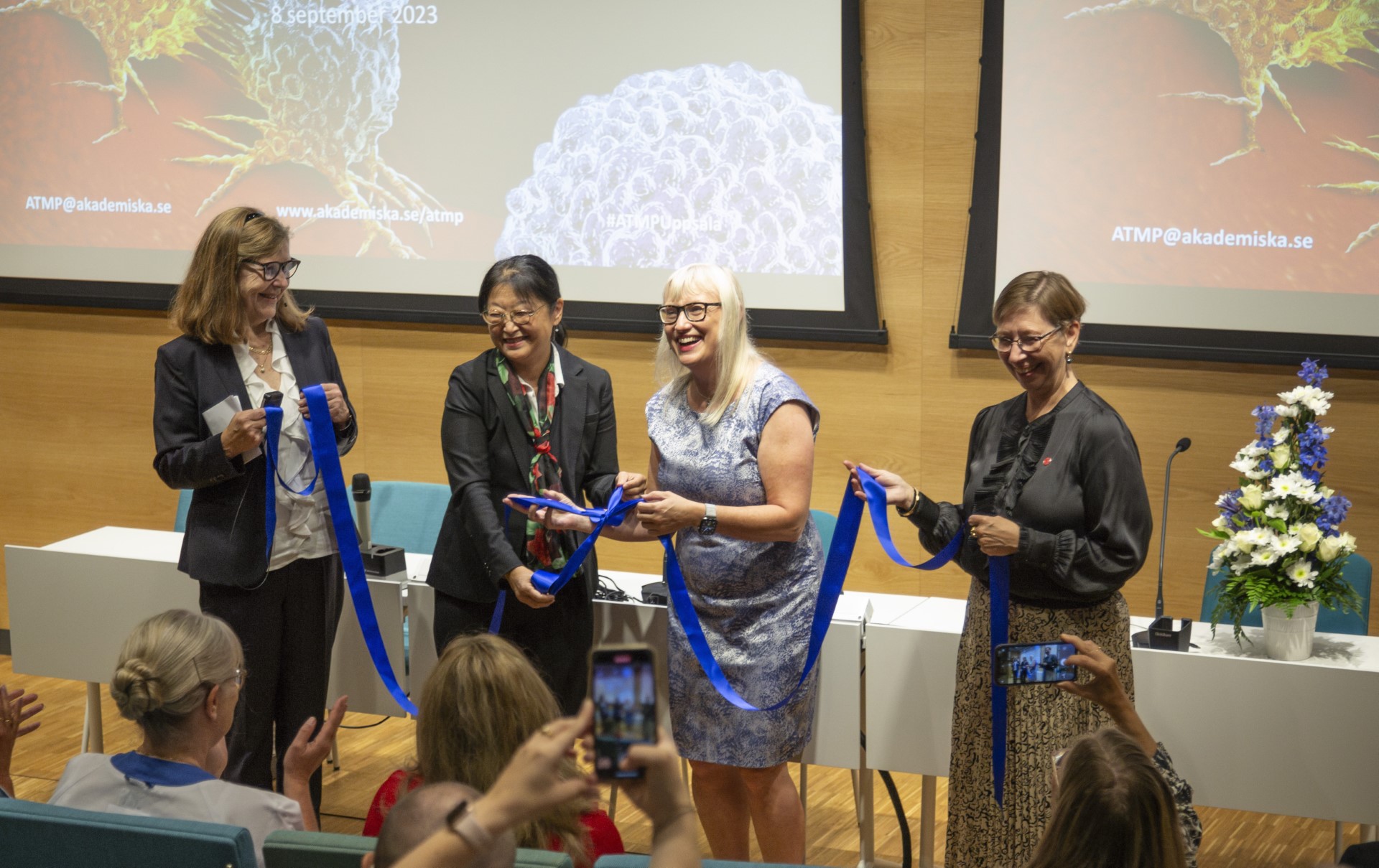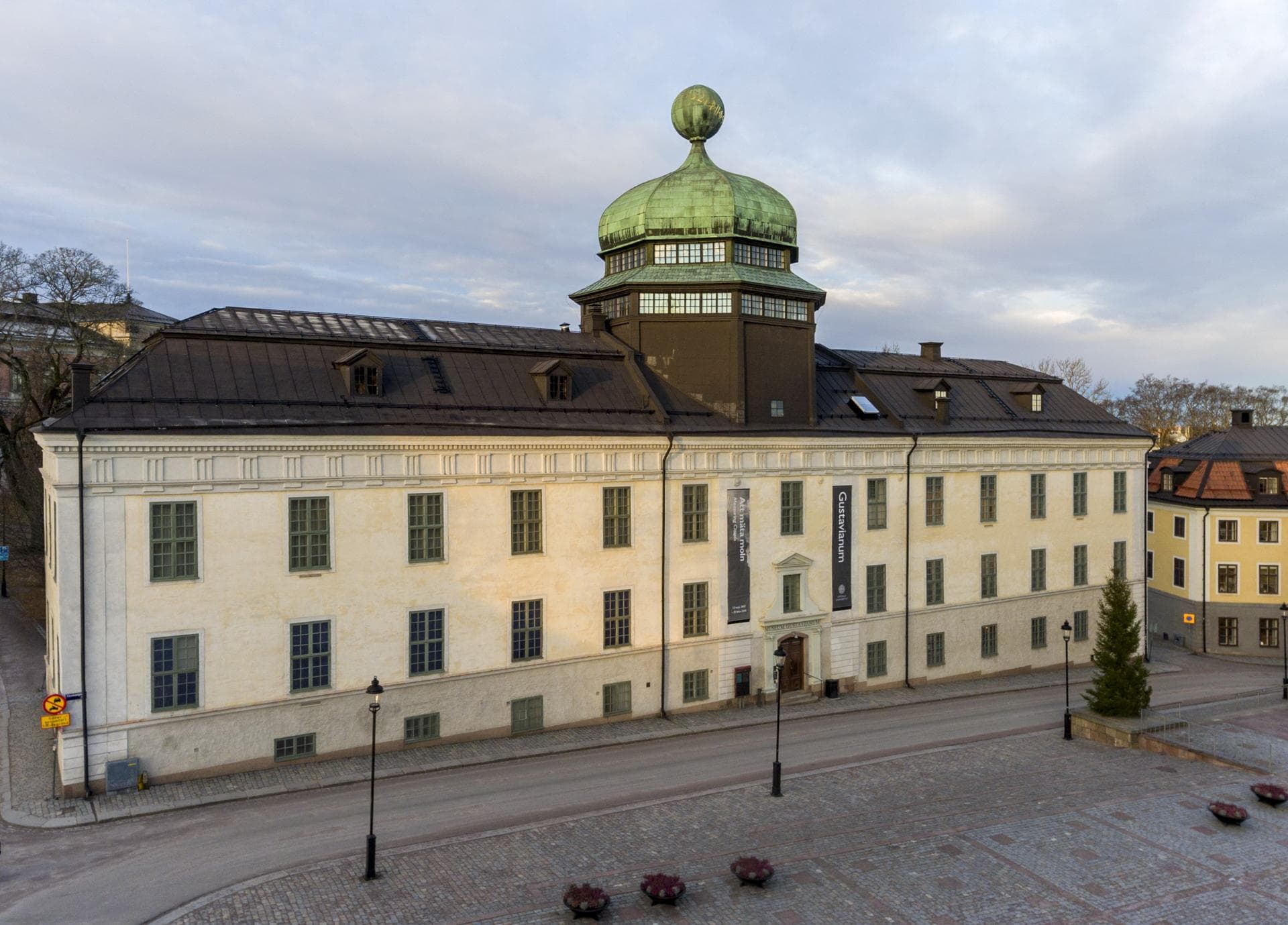2023-10-17

Our annual conference in Sweden's oldest and thriving scientific melting pot
This years ATMP Sweden national conference is being held in Uppsala! You may not know the exceptional scientific history of this town, from Olof Rudbeck, Anders Celsius and Carl Linnaeus, to the nobel prize winning invention of the first chromatography medium in the world, Sephadex, launched in 1959 and still produced in Uppsala. Join us now for a little tour of Uppsala today and past to get you a little bit excited of what you can learn and what has been during our ATMP Sweden 2023 conference.
Please register to the Dec 5/6 conference soon to avoid missing out! ATMP – ATMP Sweden 2023 Uppsala!…..there are only 30 spots left!
Today, Uppsala is a strong hub for innovation where many research ideas developed in academia have become spin-out companies, including Lokon Pharma, Ilya Pharma and Elicera Therapeutics in the ATMP field. The clinical use of immunotherapy and cell transplantation is a strong tradition for Uppsala, for instance; islet cell transplantation in diabetes or autologous blood transplant for treatment of multiple sclerosis (MS) that, although not classified as ATMPs, mean an established history in clinical implementation and innovation of cellular therapies.
 There has always been close collaboration between Uppsala University och Uppsala University Hospital, so it’s no surprise that ’ATMP center Uppsala’ was launched as a shared initiative of Uppsala University, Uppsala University Hospital and Region Uppsala. This center has a coordinating function within the health care system that aims to support researchers and health care professionals in the development and implementation of ATMP. ATMP center Uppsala was inaugurated on the 8th of September 2023 (Gunilla Enblad, Coco Norén, Malin Sjöberg, Eva Tiensuu Janson pictured right), yet some of the ATMP activities at Uppsala University hospital started already in the 1980’s. For instance, the hospital treats patients with autologous keratinocytes, a product currently under the hospital exemption, with a mandate for national specialized medical care (NHV) of patients with severe burn injuries. Uppsala University Hospital has a long-standing experience of treating patients with ATMP, both in clinical trials and with commercial products. The first clinical trial in Europe treating patients with CAR T cell therapy was conducted here in 2014. At least 21 clinical trials with ATMP products have been initiated at Uppsala University Hospital, both academic and industry initiated, of which 11 are ongoing. 3 additional clinical trials are planned to start in the beginning of 2024.
There has always been close collaboration between Uppsala University och Uppsala University Hospital, so it’s no surprise that ’ATMP center Uppsala’ was launched as a shared initiative of Uppsala University, Uppsala University Hospital and Region Uppsala. This center has a coordinating function within the health care system that aims to support researchers and health care professionals in the development and implementation of ATMP. ATMP center Uppsala was inaugurated on the 8th of September 2023 (Gunilla Enblad, Coco Norén, Malin Sjöberg, Eva Tiensuu Janson pictured right), yet some of the ATMP activities at Uppsala University hospital started already in the 1980’s. For instance, the hospital treats patients with autologous keratinocytes, a product currently under the hospital exemption, with a mandate for national specialized medical care (NHV) of patients with severe burn injuries. Uppsala University Hospital has a long-standing experience of treating patients with ATMP, both in clinical trials and with commercial products. The first clinical trial in Europe treating patients with CAR T cell therapy was conducted here in 2014. At least 21 clinical trials with ATMP products have been initiated at Uppsala University Hospital, both academic and industry initiated, of which 11 are ongoing. 3 additional clinical trials are planned to start in the beginning of 2024.
You will soon have the possibility to explore Uppsala further since ATMP center Uppsala are integral in the ATMP Sweden 2023 conference, 5-6th of December this year. The center will also host a local symposium lead by Prof. Gunilla Enblad and Prof. Magnus Essand in the afternoon of the 6th of December.
Get in touch with ATMP center Uppsala or learn more about Sweden’s ATMP center network here.
During the ATMP Sweden 2023 conference participants are also offered a guided tour of Testa Center. Testa Center is an initiative between the Swedish government and Cytiva to secure the growth of the life science industry and its manufacturing capabilities. Cytiva is recognized as a world leader in delivering preparative protein purification solutions to the life science community. 75% of FDA-approved biotherapeutics manufactured are using their technologies, for instance ÄKTA that is an Uppsala-original system from Pharmacia. Read more about the history of Pharmacia/GE Healthcare/Cytiva here.

More tips: The official visitor guide to Uppsala – Destination Uppsala
A LONG HISTORY OF WORLD LEADING SCIENCE
Uppsala University was the first Scandinavian University, opened in 1477. As you can imagine, this long history has resulted in some of the greatest scientific discoveries of all time, think;
Among the University’s alumni there are 16 Nobel Prize laureates, 8 received their prizes for discoveries made during their time at Uppsala University. Notably, 4 of these awards form the basis of a long history of pharmaceutical development in Uppsala;
While there’s a clear male dominance in this history section….globally rife not so long ago….it was in fact Uppsala University where Sweden’s first student association for women was founded in the 1890s by female students. It’s great to see now that 2 of the 3 listed ATMPs SMEs spinning out from Uppsala research have female CEOs (Angelica Loskog of Lokon Pharma and Evelina Vågesjö of Ilya Pharma), that Gunilla Enblad was the Principal Investigator for the above mentioned first European academic CAR T clinical trial and Coco Norén is the Deputy Vice-Chancellor of Uppsala University.
Past and modern, Uppsala is a city of innovation, a pioneer in pharmaceutical manufacture. We welcome you to Uppsala and hope to harness the energy of this town to inspire the next innovations!